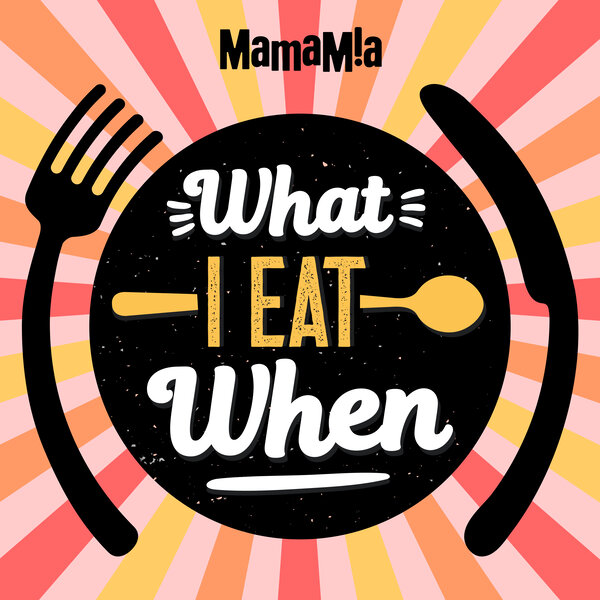Regina George from “Mean Girls” went on an all-carb diet.
Admit it: you’ve probably thought about cutting out a food group at some point. Whether it’s due to a trendy diet (such as the “no grains, no dairy” Paleo diet) or on suspicion of a food intolerance or allergy.
But the question needs to be asked: is cutting out a food group actually going to help the situation?
Liz Beavis, a dietitian and nutritionist from Newtown Nutrition, had plenty to say on this topic, and her resounding message was this: before you do anything, chat with an expert first. Because you don’t want to miss out on that cupcake without a very good reason.
The issue with eliminating a food type from your diet without consulting a dietitian.
“A major concern is that by removing major food groups from your diet you are also reducing your intake of nutrients – such as vitamins and minerals – that these foods contain. For example, dairy is a major source of calcium, but also other nutrients such as zinc, vitamin A and riboflavin,” explains Beavis.
Plus, having an upset tummy and deciding to exclude bread for fear you’re gluten intolerant could only cause more problems.
“It could also just be coincidence that you feel better for removing that food. For example, if you are trying to eat dairy-free you may skip the pizza to avoid the cheese and feel better for it. But how do you know it was the cheese that’s the culprit? As well as avoiding cheese, you also skipped many other foods, flavours, fat and possible additives which might normally make you feel queasy after eating pizza.” (Post continues after gallery.)
10 foods you never knew were healthy
Making an appointment with your dietitian with allow you to work with them to identify foods or food components that may set off your symptoms. This will allow you to properly alter your diet so that you’re still getting the appropriate nutrition.





























































































